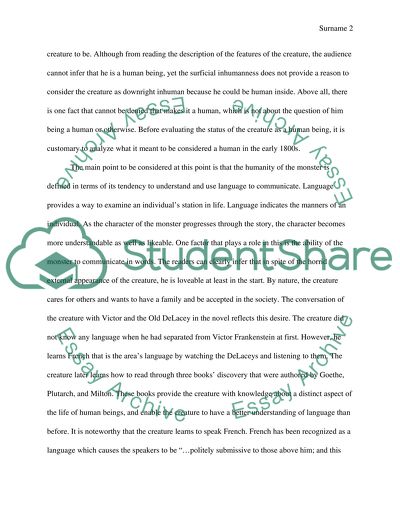Cite this document
(“How human is the Creature in Frankenstein Essay”, n.d.)
How human is the Creature in Frankenstein Essay. Retrieved from https://studentshare.org/literature/1468881-how-human-is-the-creature-in-frankenstein
How human is the Creature in Frankenstein Essay. Retrieved from https://studentshare.org/literature/1468881-how-human-is-the-creature-in-frankenstein
(How Human Is the Creature in Frankenstein Essay)
How Human Is the Creature in Frankenstein Essay. https://studentshare.org/literature/1468881-how-human-is-the-creature-in-frankenstein.
How Human Is the Creature in Frankenstein Essay. https://studentshare.org/literature/1468881-how-human-is-the-creature-in-frankenstein.
“How Human Is the Creature in Frankenstein Essay”, n.d. https://studentshare.org/literature/1468881-how-human-is-the-creature-in-frankenstein.


